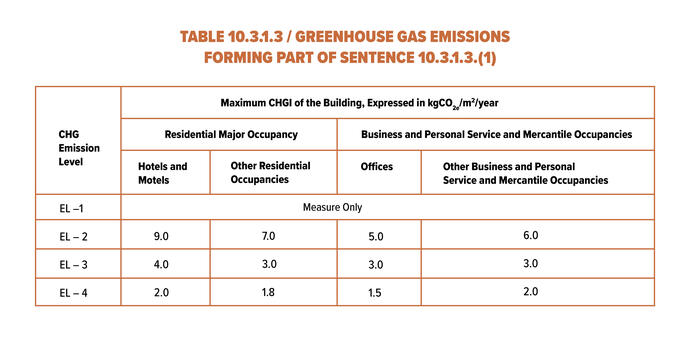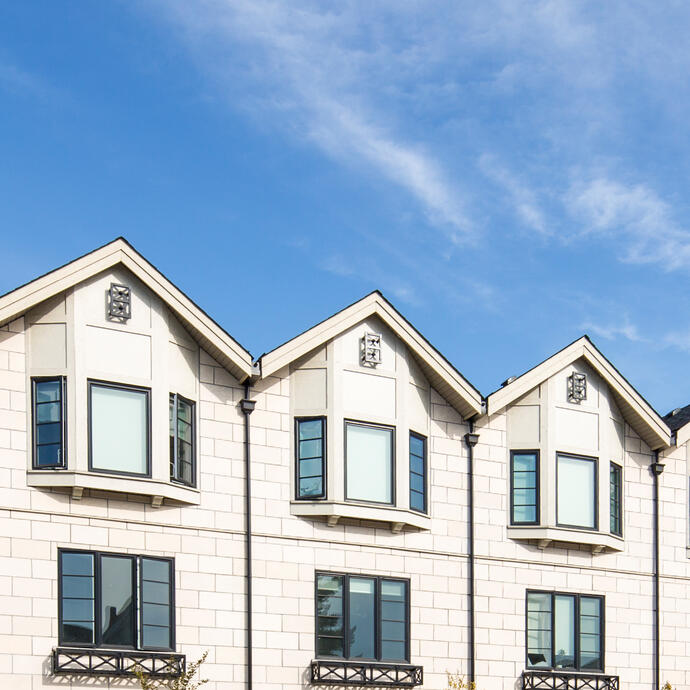The BC Building Code changes that came into effect on May 1st last year illustrate how committed British Columbia is to the goal of all new developments becoming “Zero Energy Ready” by 2032. One of the major updates was the removal of the lowest available Step in the BC Energy Step Code. All new projects, including large Commercial and Residential buildings (as defined by the BC Building Code as Part 3 projects), are mandated to meet at least Step 2 of the Energy Step Code.
Biggest impact for smaller communities
For the majority of jurisdictions in BC, which have already voluntarily incorporated the Energy Step Code into their building bylaws with at least Step 2 for compliance, the updated Energy Step Code has had little impact. The jurisdictions most affected are predominantly smaller ones, mostly located in the north of the province. The new stricter energy codes mean compulsory design requirements – for example, building designs for Part 3 projects must be evaluated through energy modelling, along with additional airtightness testing, to make sure they meet the performance targets for the relevant Step they are aiming for. The concern for smaller communities is the impact this “new minimum” will have on construction costs and housing affordability. The good news is these jurisdictions are well placed to learn from municipalities that have already adopted the higher-level Step Codes! And, historically, the cost premiums of high-performance building components have gone down over time as the technology develops and the market matures [1].
Early Adoption Reduced Impact of Lower Energy Targets
Thermal Energy Demand Intensity (TEDI) and Total Energy Use Intensity (TEUI) remain the required energy compliance metrics in the Energy Step Code – with updated TEDI and TEUI target values to better reflect the different climates across the province. Prior to this update, our energy modelling team routinely helped design teams achieve modelled TEUI values well within the new target values. As a result, these new targets have had minimal impact for the majority of the projects we are engaged on in the province.
Plan For Optional To Become Mandatory
The Energy Step Code now includes an optional framework to provide jurisdictions a means to directly target greenhouse gas emissions in new projects. Currently, the lowest emission level (EL-1) target only requires that the Greenhouse Gas Intensity (GHGI) be reported as part of the building permit process…for now (Figure 1).

From a sustainability perspective, it is great to see the inclusion of GHGI targets as part of energy compliance requirements! We expect to see this influencing mechanical design towards more extensive use of heat pump technologies, in particular as part of domestic hot water heating, as a natural gas-based system alone can have a GHGI of 5.0 to 7.8 kgCO2/m² depending on the use of low-flow fixtures. This trend has already been seen on projects in the City of Vancouver and under the BC Housing Construction standards, which have had GHGI requirements for several years.
Plan For The FutureWe expect to see regulatory changes, like those to the BC Building Code and the Energy Step Code, continue to accelerate for new construction as BC moves closer to its 2032 deadline. But we *know* what’s coming! To lessen the impact on schedules and budgets for clients, we need to aim higher than minimum standards when considering design decisions – and assume everything that is optional now may be mandatory in the future. This is where Footprint’s energy modelling team comes in! We consider potential energy efficiency and emission requirements in addition to current regulations, to help clients and design teams plan and design for future targets and regulations.
Eric Rubli is a trusted sustainability expert and a Certified Passive House Designer in our Vancouver office. His diverse experience includes work in residential, healthcare, education, and civic market sectors.





